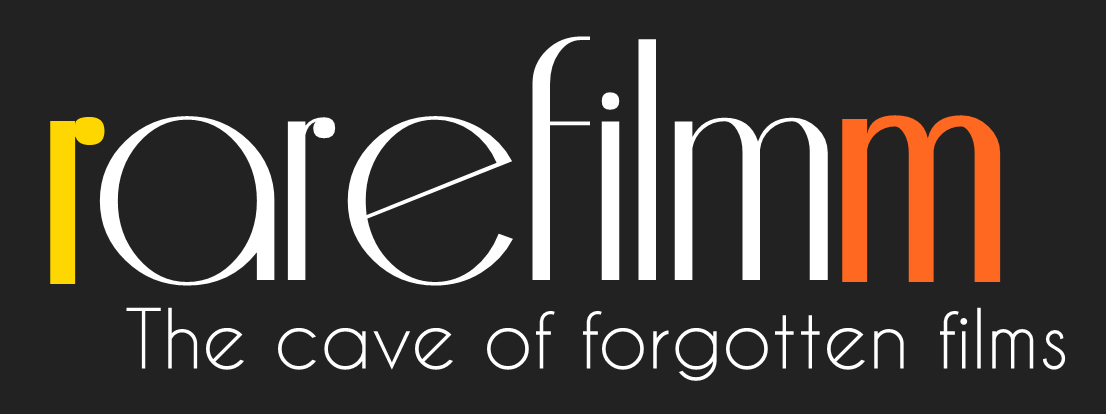These film clips tell the story of the human experience of living with HIV/AIDS. People with HIV/AIDS, their husbands and wives, their families, their doctors and health workers talk about how HIV/AIDS has affected their lives. These are the personal video stories from Cameroon and Zimbabwe in which people speak out about their hopes and fears, their struggle against pain and abandonment and their fight for greater awareness and understanding. The film challenges stereotypes and calls for a concerted effort to face up to the epidemic.
Category: Documentary
A documentary of the epic story of the weaving Chigh. Chigh is a kind of texture made from wood and osier that is made in the ilats of the west of Iran and is used for covering around their Siah-chadors (tents).
A story of life and death, featuring Marcel Lozinski’s six-year-old son Tomaszek and elderly people spending time on the benches of a Warsaw park. Riding his scooter, Tomaszek asks the elderly very adult, though basic, questions, which they are happy to answer. The boy’s ideas of future and life are confronted with those of people at the end of their lives.
If one were to select the ten most significant events in American history, there would be no doubt that the death of President John F. Kennedy would be among the list. This is not only because of the fact that one of America’s most visionary presidents was cut down in the prime of his life, but because almost 60 years later after the fact, his assasination continues to be shrouded with mystery and controversy. This documentary presents the facts surrounding the events before, and ather that horrific moment in Dallas, and includes interviews of those who were on the scene not only at the tragic sight of the murder of JFK, but also a number of individuals who possess firsthand knowledge of everything from the politics of the day to the actualy autopsy performed on the president.
MEET MARLON BRANDO is a delightful, unusually candid portrait of the world-famous movie star: A tongue-in-cheek confrontation with the press. While television journalists interview him about his most recent film, Brando counters their futile questions with wit and insight, a man unwilling to sell himself. “It’s a wonderful show,” one woman comments about the new project. “Did you see it?” he asks. “No, I haven’t seen it yet.” “Then how do you know?” Always smiling and never modest, Marlon Brando shines in one of his most revealing performances.
This student film takes a look at the small town of Camden during the 1960s. Much of the town is focused on the locomotive and logging industry created by the W. T. Carter and Brother Lumber Company in 1898. The film revolves around interviews with Camden residents. Former logging employees, a hotel owner, a family, and a pastor all briefly describe their lives and rolls in the old town. By the end of the film, the narrator recounts possible modernization and decreasing poverty in the future with the sale of W. T. Carter and Brother Lumber Company to the United States Plywood Corporation.
Documenting and contrasting children’s youthful beauty with the squalor, hardship and wasted potential of their daily lives; students learning how their counterparts really live and are encouraged to think about what these children need to thrive.
My Survival As An Aboriginal rocked Australia and the world with its presentation of atrocities and hardships committed against Aboriginal people. The movie delves beneath surface appearances to reveal a strong resistance to assimilation and loss of identity, as the late Essie Coffey, a Murrawarri woman, takes us into the Aboriginal struggle for survival. She documents the effect of dispossession, the chronic depression, alcoholism, deaths in custody and poverty that were so much a part of life for Aboriginal people.
